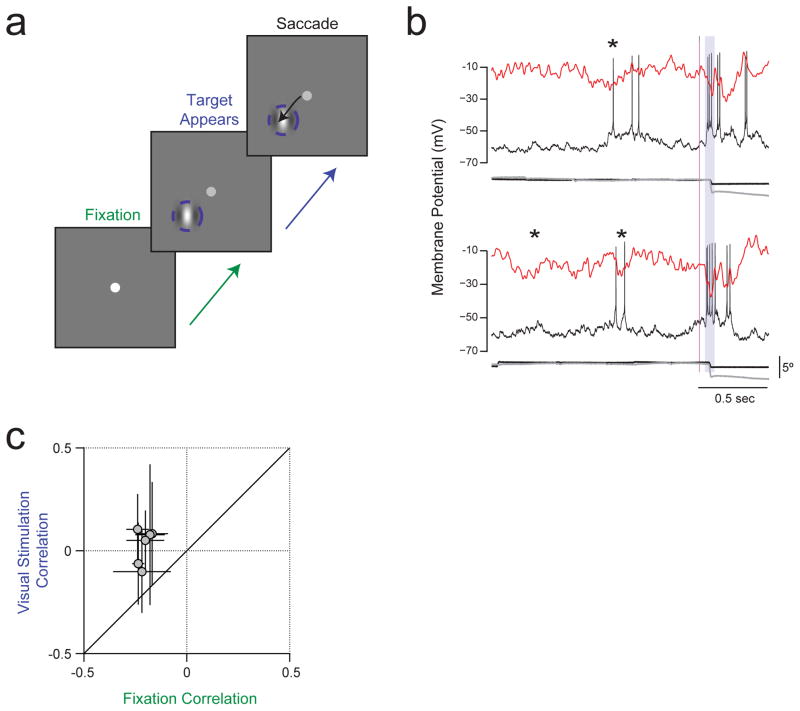Extended Data Figure 8. Decreased magnitude of Vm-LFP correlation during a flashed stimulus in a visual saccade task.
a, Each trial began when a fixation spot was displayed at the centre of a monitor in front of the monkey. The monkey had to shift gaze to the fixation point and maintain tight fixation for at least 1500 ms. A flashed Gabor target stimulus appeared at a random time between 1000 ms and 1500 ms after the monkey established tight fixation. The monkey had to saccade to target stimulus within 600 ms to receive a reward. We analysed Vm and LFP only from trials in which the monkey performed the task successfully. b, Simultaneously recorded Vm and LFP, as well as eye movement traces, in 2 trials from an example neuron. Asterisks indicate near simultaneous deflections in Vm and LFP during the pre-stimulus fixation period. Grey shading indicates the analysis period for correlations during the flashed Gabor stimulus; we included 30 ms after saccade onset in this period, because the visual latency for spike responses in the lateral geniculate nucleus is greater than 30 ms. c, Zero-lag cross-correlation between Vm and LFP fluctuations from the trial average during the flashed Gabor versus during the pre-stimulus period.

